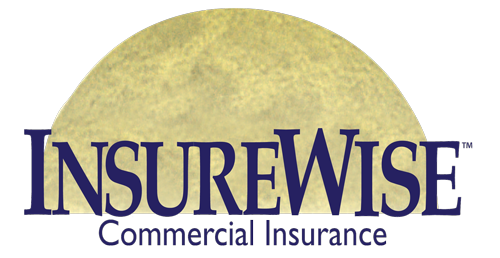- July 31, 2017
- Posted by: Chris Conti
- Category: Blog

The following are definitions that are used with Experience Modification Factors and Workers’ Comp Insurance policies.
Actual Excess Losses – The amount of losses that exceed $5,000. This is a measure of loss severity. For example, an $8,000 loss is divided into $5,000 primary and $3,000 excess.
Actual Primary Losses – The first $5,000 of each loss. This is a measure of loss frequency. For example, an $8,000 loss is divided into $5,000 primary and $3,000 excess.
ARAP – Assigned Risk Adjustment Program. Used in some states, this multiplier is designed to surcharge assigned risk participate who have mods greater than 1.0.
Ballast Value – A table of these values is published for each state. The value increases with the size of the company as measured in expected losses. The Ballast is found in both the numerator and denominator of the experience rating formula. The purpose of the value is to move all mods closer to 1.0 thus providing stability to the Mod formula.
Controllable Mod – The portion of the Mod that is the direct result of the company’s losses.
Discount-ratio (D-ration) – A value published for a given state and payroll code that indicates the percentage of expected losses that are considered primary losses.
Effective Date – The date for which the mod is effective.
Expected Excess Losses – This value is computed based on the payroll, and the payroll code for the company. The value is expected losses minus the expected primary losses. This value represents the expected level of loss severity given the payroll and payroll code for a given state.
Expected Loss Rate (ELR) – A rate that represents average losses per $100 of payroll. This value represents the average losses for the given job classification and payroll level.
Expected Losses – The product of the expected loss rate (ELR) and the payroll. This value represents the average losses for the given job classification and payroll level.
Expected Primary Losses – The portion of the expected losses that are considered primary losses. This value represents the expected level of loss frequency given the payroll and the payroll code for a given state.
Experience Rating Adjustments (ERA) – A change in the modification formula that occurred in 1998. The most significant impact of this change is the reduction of medical only (IJ Code 6) losses by 70% in states where ERA has been approved.
Experience Rating Worksheet – The document that is used to communicate the mod calculation to the company for whom it is calculated.
Injury Code – The code used to identify they type of loss. Medical-only (IJ Code 6) losses are reduced by 70% in states where ERA has been approved.
Large Loss – A loss that exceeds the state published loss limit.
Loss Limit – A value published by each state that represents the maximum value of any one loss as utilized in the experience rating process.
Minimum Mod – The lowest possible Mod for a company. The Mod when losses are set equal to zero.
Mod Limit – A value that represents the maximum Mod for a given level of expected losses.
Payroll Code (also known as “class code”) – The four digit identifier for a given job. This value is used to identify a specific job and the corresponding ELR and Discount Ratio Values.
Policy Period – A period of time that is covered by a specific insurance policy. Generally, three policy periods are utilized in an experience rating calculation.
Small Loss – Loss amounts less than $2,000 that can be grouped together and utilized as a lump sum value in the experience rating process.
Weighting Value – A table of these values (ranging from 0.04 to 0.80) is published for each state. The value increases as expected losses increase. The value determines the percentage of actual excess losses utilized in the experience rating calculation.
